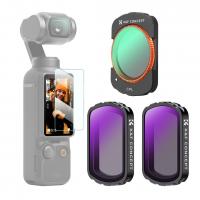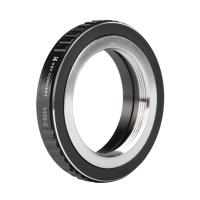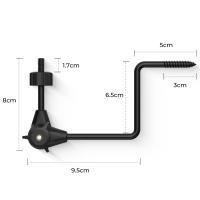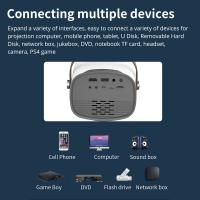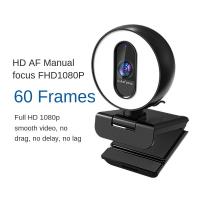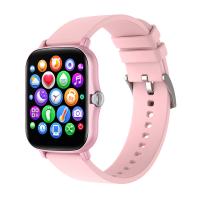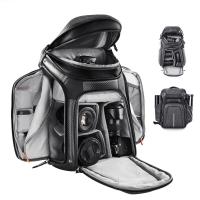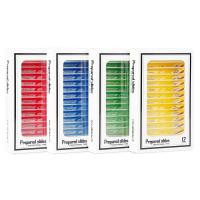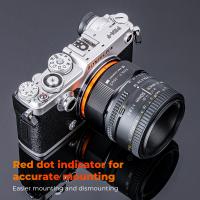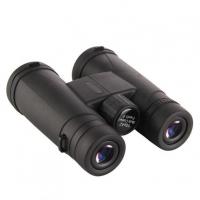What Does A House Camera Look Like?
In today's world, home security has become a paramount concern for many homeowners. One of the most effective ways to ensure the safety of your home and loved ones is by installing house cameras. These devices not only act as a deterrent to potential intruders but also provide valuable evidence in case of any unfortunate incidents. But what exactly does a house camera look like, and what features should you consider when choosing one? In this article, we will delve into the various types of house cameras, their appearances, and the key features that make them effective for home security.
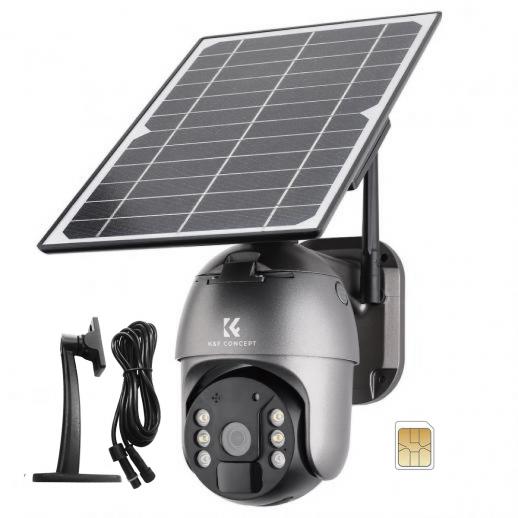
Types of House Cameras
House cameras come in various shapes and sizes, each designed to serve a specific purpose. Here are some of the most common types:
1. Dome Cameras: These cameras are typically dome-shaped and are often mounted on ceilings. Their design makes it difficult for intruders to determine the direction the camera is facing, providing a wider range of surveillance.
2. Bullet Cameras: These are cylindrical and are usually mounted on walls. They are highly visible, which can act as a deterrent to potential intruders. Bullet cameras are often used for outdoor surveillance due to their weather-resistant features.
3. PTZ Cameras: PTZ stands for Pan-Tilt-Zoom. These cameras can be remotely controlled to pan (move left or right), tilt (move up or down), and zoom in on specific areas. They are ideal for covering large areas and can be used both indoors and outdoors.
4. Hidden Cameras: These cameras are designed to be discreet and can be hidden in everyday objects like clocks, smoke detectors, or even picture frames. They are ideal for covert surveillance.
5. Wireless Cameras: These cameras connect to your home Wi-Fi network and can be accessed remotely via a smartphone app. They are easy to install and offer flexibility in terms of placement.
Appearance and Design
The appearance of a house camera can vary significantly depending on its type and intended use. However, there are some common design elements that you can expect:
- Lens: The lens is the most crucial part of the camera, and its size can vary. Some cameras have fixed lenses, while others have adjustable or zoom lenses.
- Housing: The housing protects the internal components of the camera. For outdoor cameras, the housing is usually weather-resistant and may include features like sunshields or heaters.
- Mounting Bracket: Most cameras come with a mounting bracket that allows you to attach them to walls, ceilings, or other surfaces.
- LED Lights: Many cameras have built-in LED lights for night vision. These lights can be visible or infrared, depending on the camera's design.
- Antenna: Wireless cameras often have an external antenna to improve signal strength.
Key Features to Consider
When choosing a house camera, it's essential to consider the features that will best meet your security needs. Here are some key features to look for:
1. Resolution: Higher resolution cameras provide clearer and more detailed images. Look for cameras with at least 1080p resolution for optimal clarity.
2. Night Vision: Ensure the camera has good night vision capabilities. Infrared LEDs can provide clear images even in complete darkness.
3. Field of View: The field of view determines how much area the camera can cover. Wider fields of view are ideal for monitoring large spaces.
4. Motion Detection: Cameras with motion detection can alert you when movement is detected, allowing you to respond quickly to potential threats.
5. Two-Way Audio: Some cameras come with built-in microphones and speakers, allowing you to communicate with anyone on the other end. This feature is useful for greeting visitors or warning intruders.
6. Storage Options: Consider how the camera stores footage. Some cameras use local storage (SD cards), while others offer cloud storage. Cloud storage can be more secure but may require a subscription.
7. Power Source: Cameras can be powered by batteries, AC adapters, or solar panels. Choose a power source that suits your installation location and maintenance preferences.
8. Smart Home Integration: If you have a smart home system, look for cameras that can integrate with it. This allows you to control the camera using voice commands or through a central hub.
Practical Applications
Understanding what a house camera looks like and the features it offers can help you make an informed decision when it comes to home security. Here are some practical applications of house cameras:
- Deterrence: Visible cameras can deter potential intruders from attempting to break into your home.
- Evidence Collection: In the event of a break-in or other incident, camera footage can provide valuable evidence for law enforcement.
- Remote Monitoring: Wireless cameras allow you to monitor your home in real-time from anywhere using a smartphone app.
- Package Theft Prevention: Cameras can help you keep an eye on deliveries and deter package thieves.
- Child and Pet Monitoring: Use cameras to check on your children or pets when you're not at home.
House cameras are an essential component of modern home security systems. They come in various shapes and sizes, each designed to meet specific surveillance needs. When choosing a house camera, consider factors like resolution, night vision, field of view, motion detection, and storage options. By understanding what a house camera looks like and the features it offers, you can make an informed decision that enhances the safety and security of your home.
Investing in a good house camera not only provides peace of mind but also ensures that you have a reliable means of monitoring and protecting your property. Whether you opt for a visible deterrent like a bullet camera or a discreet hidden camera, the right choice will depend on your specific needs and preferences. With the right camera in place, you can rest assured that your home is well-protected.

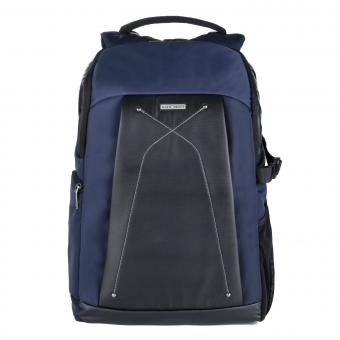
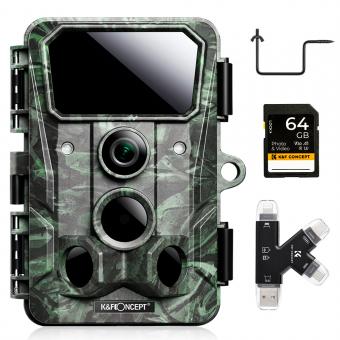
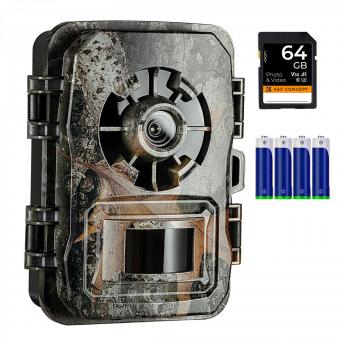
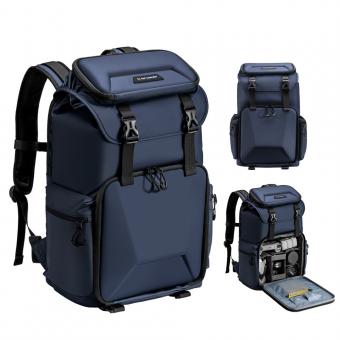
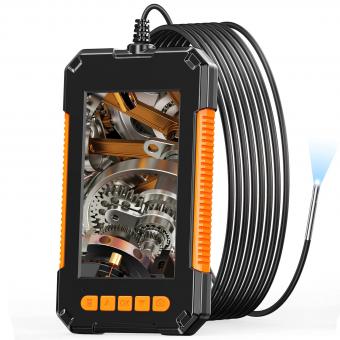
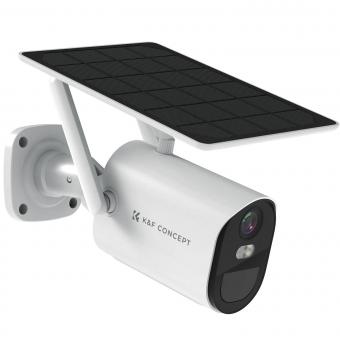
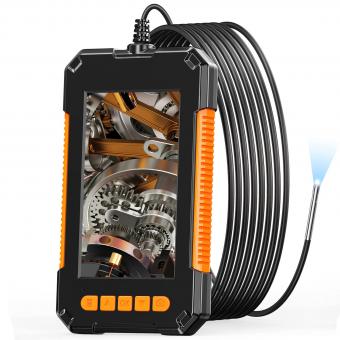
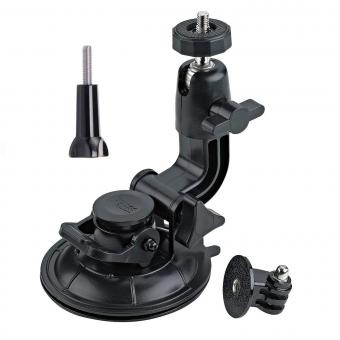
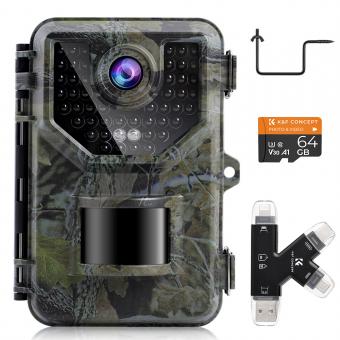













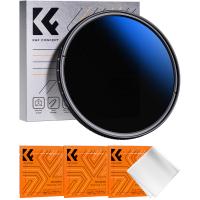

![Supfoto Osmo Action 3 Screen Protector for DJI Osmo Action 3 Accessories, 9H Tempered Glass Film Screen Cover Protector + Lens Protector for DJI Osmo 3 Dual Screen [6pcs] Supfoto Osmo Action 3 Screen Protector for DJI Osmo Action 3 Accessories, 9H Tempered Glass Film Screen Cover Protector + Lens Protector for DJI Osmo 3 Dual Screen [6pcs]](https://img.kentfaith.com/cache/catalog/products/us/GW41.0076/GW41.0076-1-200x200.jpg)
